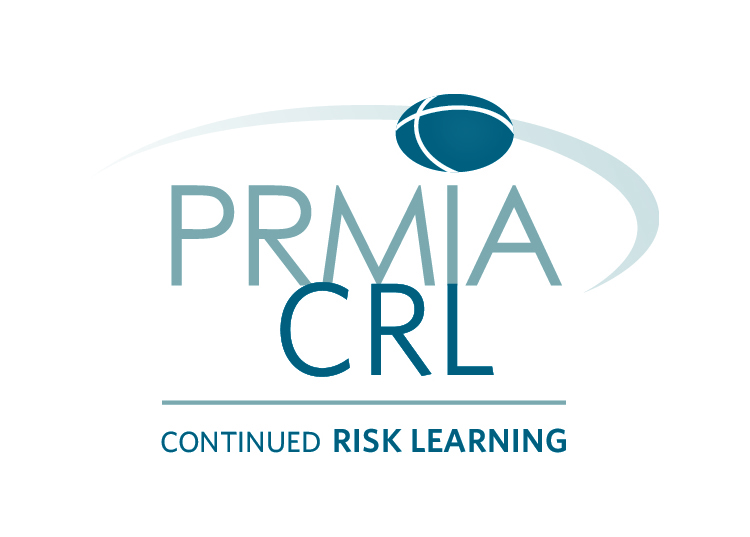 Course Access:
Course Access:
30-day course access from date of purchase
 Time:
Time:
On-demand, Self-study
 Instructor:
Instructor:
WeESG, Instructor and Advisor
 Length/Duration:
Length/Duration:
1 hour
| About This Course |
|
|
Climate change not only impacts organizations through extreme weather events and physical impacts, it bites via so-called transition risks as well. These risks are the potentially adverse effects of humanity’s response to climate change. And some of the world’s biggest companies, representing nearly US$17 trillion in market capitalization, value the climate risks to their businesses at almost US$1 trillion, mostly in asset write-offs.
This course helps corporate and financial sector professionals be prepared and manage transition risks. It identifies what a low carbon economy is, and what its drivers are. It also helps participants to find their way in the wide range of regulations aimed at decarbonization. The course will help participants recognize the different ways in which transition risk transmits into financial impact, and allows participants to estimate the materiality of transition risks to their organizations.
Learning Objectives
- Identify what a low carbon economy is and what its drivers are
- Classify the wider range of regulations for a low carbon economy
- Recognize the different ways in which transition risk transmits into financial impact
- Estimate the materiality of transition risks to your organization
Prerequisites
Experience in risk management, strategy, credit and/or investment
|
| Outline |
| Topic |
|
- Introduction to Climate Transition Risks
- Financial Impacts of Transition Risks
- How to Start Modelling Transition Risks
|
| Who Should Attend |
|
This is a course designed for:
- Operational risk management teams
- Credit management teams
- Strategy teams
- Fund management and investment analysis teams
- Financial risk managers
- Fund managers
- Corporate risk managers
|
| About Our Expert |
|
|
|
|
 |
|
Thomas Verhagen is a former banker specialized in sustainable finance. His banking career encompassed roles in client coverage, risk management, financial restructuring and product innovation. Across the Americas and EMEA, Thomas has worked with banks, asset managers, pension funds, DFIs, social enterprises, financial regulators, fintechs and universities. In his work, Thomas bridges academia and practice to deliver ambitious yet pragmatic outcomes. His drive comes from a desire to help grow businesses and institutions that successfully combine commerciality and sustainability at scale.
Thomas is a consultant and advisor for financial institutions and fintechs. Having previously led the banking group at the University of Cambridge Institute for Sustainability Leadership (CISL), he now holds a Senior Associateship there with a special focus on fintech for sustainability.
Thomas is a co-author of the CFA’s ESG Investing certification. He holds a M.Sc. in Finance from Tilburg University. |
|
| Continued Risk Learning Credits: 1 |
 PRMIA Continued Risk Learning (CRL) programs provide you with the opportunity to formally recognize your professional development, documenting your evolution as a risk professional. Employers can see that you are not static, making you a highly valued, dynamic, and desirable employee. The CRL program is open to all Contributing, Sustaining, and Risk Leader members, providing a convenient and easily accessible way to submit, manage, track and document your activities online through the PRMIA CRL Center. To request CRL credits, please email [email protected].
PRMIA Continued Risk Learning (CRL) programs provide you with the opportunity to formally recognize your professional development, documenting your evolution as a risk professional. Employers can see that you are not static, making you a highly valued, dynamic, and desirable employee. The CRL program is open to all Contributing, Sustaining, and Risk Leader members, providing a convenient and easily accessible way to submit, manage, track and document your activities online through the PRMIA CRL Center. To request CRL credits, please email [email protected].
| Registration |
| Membership Type |
Price |
| |
|
| Members |
$ 169.00 |
| Non Members |
$ 199.00 |
Access
Immediate access to the course is granted for 30 days upon your purchase. Repurchase is required after 30 days.
If this is your first time accessing the PRMIA website you will need to create a short user profile to register. Save on registration by becoming a member.
Register Now
Support
For technical issues regarding course access, contact [email protected]
PRMIA
Digital Product Return Policy.